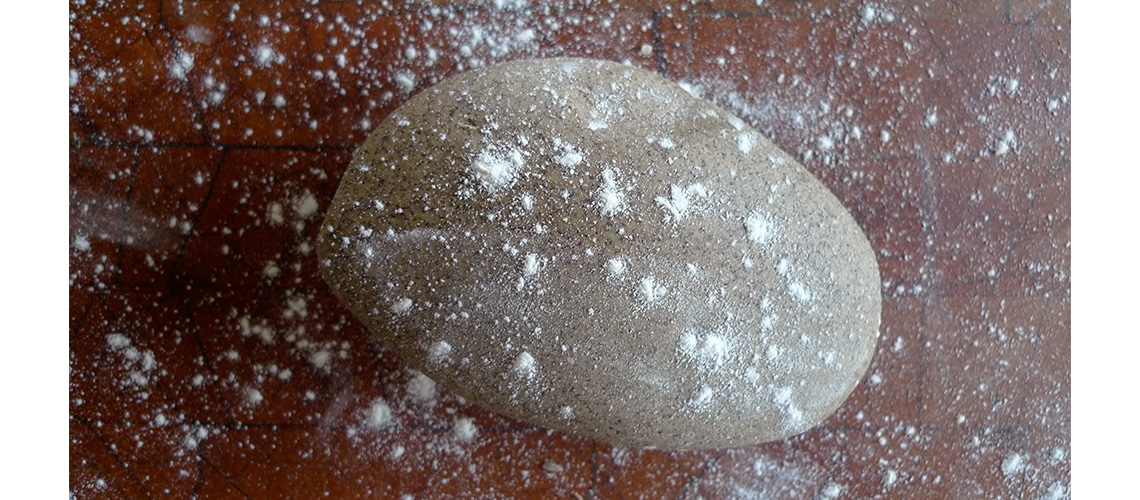|
|
Instructions
For the Pizzoccheri Vegetables
- Place the two flours in a large bowl and mix together with a wooden spoon. Make a well in the middle of the flour; into the well crack the eggs, pour the milk, and sprinkle the salt. Using a fork or your fingers, scramble the eggs and milk together, slowly incorporating the flour until the dough has become a rough, shaggy mass.
- Turn the dough onto a clean, lightly floured surface, and knead it with a fair amount of energy and weight for 15 to 20 minutes. Remember to dust the surface with flour from time to time, kneading until you have a firm but elastic dough. Wrap in a clean cloth or plastic wrap, and let the dough rest for 30 minutes.
- Divide the dough into three parts and roll it out in a pasta machine, beginning at the widest setting. Pass it through the widest setting a few times, folding the rolled pieces into thirds each time (as if you were folding a piece of paper to put it in an envelope) and passing through again. Once you have done this two or three times for each piece of dough, adjust the machine to the next hole (number 2). Pass each piece of dough one time through each of the settings on the machine until you reach the second to last setting, number 5.
- After you have passed each piece of dough through the number 5 setting, cut the pasta sheets crosswise into strips 3 inches long and about ¾ inch wide. Sprinkle the cut noodles lightly with flour, and set aside to wait for cooking until the other ingredients for the pizzoccheri are ready for assembly.
For the Buckwheat Pasta
- Preheat the broiler in your oven, or turn the oven as high as it can go.
- Bring a large pot of water to a boil, and salt it generously. Boil the potatoes until tender, about 7 minutes, and remove with a slotted spoon. In the same water, blanch the chard and cabbage for about 2 minutes, and remove with a slotted spoon. Finally, boil the fresh pasta in the same water until al dente, about 2 minutes.
- While the pasta is cooking, place the butter, garlic cloves, sage leaves, and ¼ cup of the pasta water in a large, wide nonreactive pan. Melt slowly over low heat, swirling the butter and water into a sauce and stirring frequently; do not boil. After a few minutes, discard the garlic and shut off the heat. Salt lightly, to taste.
- When the pasta is al dente, add the potatoes and cabbage back into the boiling water for a second to briefly reheat. Drain the pot into a colander, reserving a small amount of pasta water. Add the pasta and vegetables to the pan with butter sauce, and toss to coat. There should be slightly more than enough sauce to coat it all; if not, add a little of the extra pasta water to loosen it up. Finally, add all of the Taleggio and ½ cup of the Parmesan to the pan; toss once or twice, only enough to mix. Scoop everything into an ovenproof dish. Top the pasta with the remaining ½ cup Parmesan and broil until the cheese is melted and begins to brown on top, about 2 minutes. Serve with freshly ground black pepper.
- Optional: Though it is not traditional, adding 1 teaspoon fresh lemon juice to the pasta and vegetables, along with the butter sauce, lightens the final dish.
|






SHARE YOUR THOUGHTS